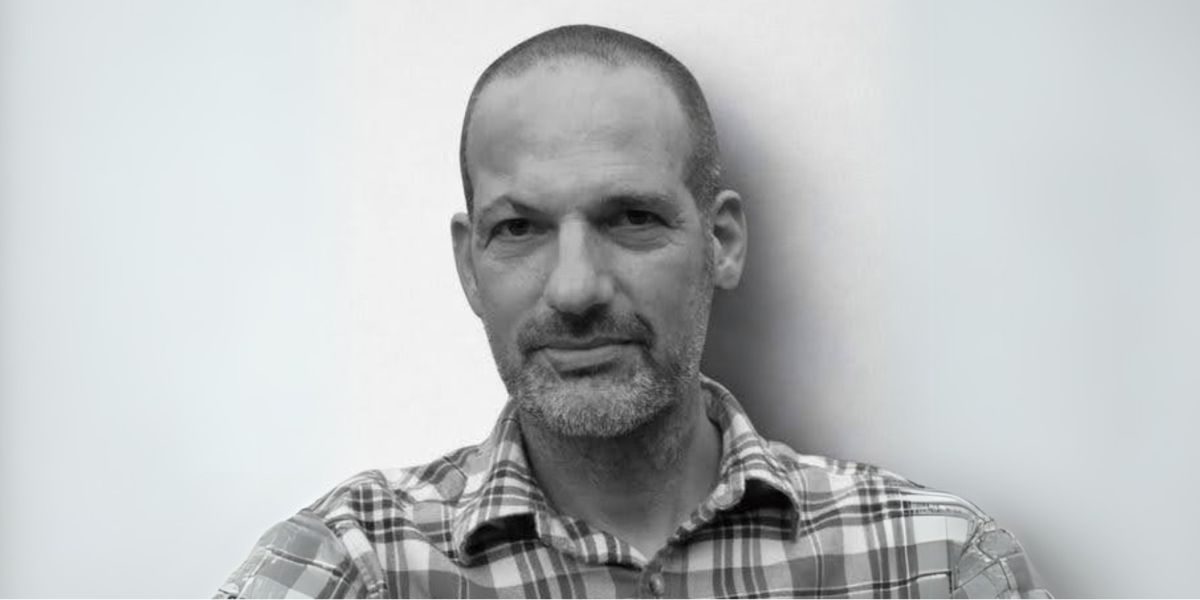By: Asaf Amit
Introduction
Trauma, in its many forms, has long been a cornerstone of literary fiction. It offers a lens to examine the human condition—how pain shapes identity, how memory haunts the present, and how resilience emerges from vulnerability.
Israeli-American author Asaf Amit’s debut novel, The Shine of Sorrowful Youth, published on March 16th, 2025, is a poignant addition to this tradition. Through the story of Gur, a man on the cusp of fatherhood and grappling with the ghosts of his past, Amit crafts a narrative that is as much about sorrow as it is about the quiet strength required to live alongside it. Drawing from his own traumatic childhood, Amit’s work resonates with raw honesty, inviting readers to confront the shadows of loss and the possibility of healing.
The Author’s Journey: From Trauma to Art
Asaf Amit’s life mirrors the emotional landscape of his protagonist. At age eleven, a tragic car accident claimed the lives of his father and younger brother, leaving him physically injured and emotionally scarred.
For years, this trauma lingered in the periphery of his life, shaping his creative pursuits. Initially channeling his pain into painting, Amit later turned to writing as a form of “personal inquiry.” His transition from architect to author was gradual, born of stolen moments during train commutes and quiet evenings.
“I wrote three full-length novels—each one discarded—until I finally found the voice that felt true,” he reflects.
This perseverance culminated in The Shine of Sorrowful Youth, a novel steeped in autobiographical echoes yet universal in its exploration of grief.
“It was this way, as well as by force of pinches or painful squeezes, that articulated a peculiar affection—she forced a secret life and an aggressive estrangement upon herself while simultaneously warning me against intimacy.”
The Book: A Portrait of Loss and Lingering Light
Set against the backdrop of impending fatherhood, The Shine of Sorrowful Youth follows Gur as he revisits the defining tragedy of his adolescence: the death of his father and his mother’s subsequent withdrawal into grief. Young Gur finds solace in Yaara, a girl whose presence becomes both refuge and catalyst for self-discovery. Decades later, as Gur prepares to welcome his own child, long-buried memories resurface, forcing him to reconcile with the wounds of his youth and the enduring pull of first love.
Amit’s prose is lyrical yet unflinching, as seen in one excerpt:
“His masculine body, which had made quite an impression on me as a child, associated itself troublingly with his burial. In my imagination, my father was lying naked in the dirt, and clumps were tossed over him with a sickening thunk. The vision tormented me for many nights…”
This visceral imagery underscores the novel’s central tension: the interplay between memory’s brutality and its necessity.
Freud’s Shadow: The Death Drive and the Urge to Undo
Amit’s narrative is deeply informed by psychological concepts, particularly Freud’s notion of the death drive—the compulsion to return to moments of trauma.
“It’s a desperate yearning to rewrite the past,” Amit explains.
For Gur, this manifests as recurring visions of his father’s death and an almost obsessive fixation on Yaara, whose absence mirrors his unresolved grief. Yet the novel resists bleakness. Instead, it posits that confronting trauma—naming it, integrating it—can transform pain into a source of strength.
As Amit notes, “Sorrow, when faced with honesty, carries its own strange kind of shine.”
Healing as a Nonlinear Process
The novel’s portrayal of healing defies simplistic redemption arcs. Gur’s journey is fragmented, marked by setbacks and fleeting moments of clarity. In one poignant scene, he reflects on his mother’s sorrow:
“In the moments when my mother’s sadness weighed heavy on my heart, almost without realizing I was doing it, I yearned for my father, or, at the very least, for a sibling to balance out the power dynamic between her and me. Once I became aware of this desire, I agonized over it, feeling that by my very wishes, I was pouring salt on some invisible wound in my mother’s body.”
Here, Amit captures the guilt and complexity inherent in familial grief. Healing, the novel suggests, is not about erasing the past but learning to coexist with it.
Writing as Alchemy: Amit’s Advice for Aspiring Authors
Amit’s creative process mirrors his thematic focus on perseverance.
“Inspiration doesn’t come first—it’s earned through effort and persistence,” he asserts.
His disciplined routine—writing during commutes and revising late into the night—highlights the grit behind the art. For those grappling with their own stories, his advice is clear: “Write with honesty and heart. Let the work itself become the catalyst for clarity.”
Looking Ahead: Trauma’s Echoes in Future Works
Amit’s exploration of trauma continues in his upcoming novel, As The Dogs of War Allay, which follows a teacher struggling to reintegrate after military service. Like The Shine of Sorrowful Youth, its stylistic blend of emotional depth with unflinching realism, further cements Amit’s place as a vital voice in contemporary literary fiction.
Conclusion
The Shine of Sorrowful Youth is a quietly devastating debut—a novel that lingers in the heart and psyche long after the final page. With poetic restraint and emotional precision, Asaf Amit offers readers more than a story of loss. He provides a mirror to memory, grief, and the fragile hope that sorrow can become not just a weight we bear but a source of light.
For readers drawn to psychological fiction, for those who have endured the silences of loss, Amit’s work stands as both elegy and invitation—a reminder that even in our darkest seasons, something within us still longs to bloom.
Published by Jeremy S.

















